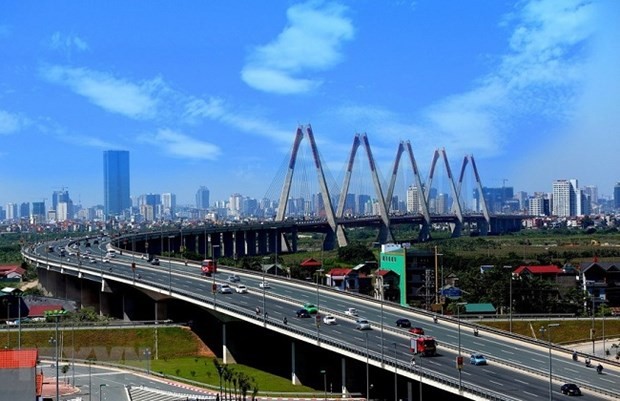 Illustrative image (Source: VNA)
Illustrative image (Source: VNA)
According to the orientation of the Party and National Assembly by 2025, Vietnam will become a developing country which will have a modernity-oriented industry, surpass the lower-middle-income level, and achieve an annual average GDP growth rate of about 6.5-7 percent.
To that end, the MPI said that the program needs to come up with specific solutions associated with accompanying resources, and in accordance with the capacity of the economy, and the state budget balance.
The Government should have health-related solutions to proactively adapt safely, flexibly to and effectively control the Covid-19 pandemic, and issue policies that can help reduce production costs, facilitate product sale and distribution, an develop logistics.
According to Minister of Planning and Investment Nguyen Chi Dung, the implementation of the program should be long enough to be able to build and carry out measures to create a strong and solid foundation for the recovery of businesses and the economy.
In the immediate future, Dung suggested the Government step by step promote sustainable economic growth on the basis of overcoming the pandemic; improve the capacity of the health system and identify it as an urgent solution from the beginning of 2022 to create a foundation for sustainable economic recovery and development; maintaining macroeconomic stability; curb inflation; continue to implement reasonable expansionary fiscal and monetary policies; and ensure national financial safety.
Ministries, sectors and localities need to perfect institutions, administrative reforms and business conditions to remove difficulties and obstacles in production and business, and at the same time improve the efficiency of the government apparatus at all levels, restore and develop the tourism industry, stimulate domestic consumption, and enhance trade promotion, he stated.
The minister also proposed the Government support the recovery of businesses in a number of priority industries by providing credit and financial support through interest rates, tax and fee exemption and reduction; developing sustainable supply chains, especially in manufacturing and agriculture; and supporting digital transformation.
























